Welcome to your comprehensive guide on design and decoration for buildings! Whether you’re a homeowner looking to revamp your space or a professional eager to learn the latest trends, this article offers invaluable insights drawn from years of experience in the field. Let’s dive in!
The Essentials of Design and Decoration
Design and decoration are often perceived as synonymous, but they encompass different aspects of creating appealing spaces. While design focuses on functionality and layout, decoration emphasizes aesthetics and style.
What is Design?
Design refers to the arrangement and planning of spaces to improve functionality and usability. It involves elements such as:
- Space planning
- Functionality
- Accessibility
- Building codes and regulations
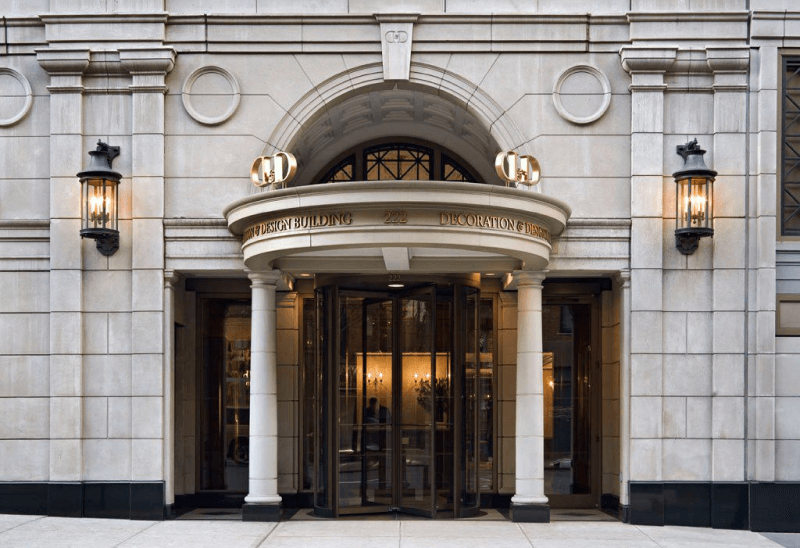
What is Decoration?
Decoration, on the other hand, is all about the finishing touches. It’s the process of embellishing a space through:
- Color palettes
- Furniture selection
- Textiles and patterns
- Accessories and artwork
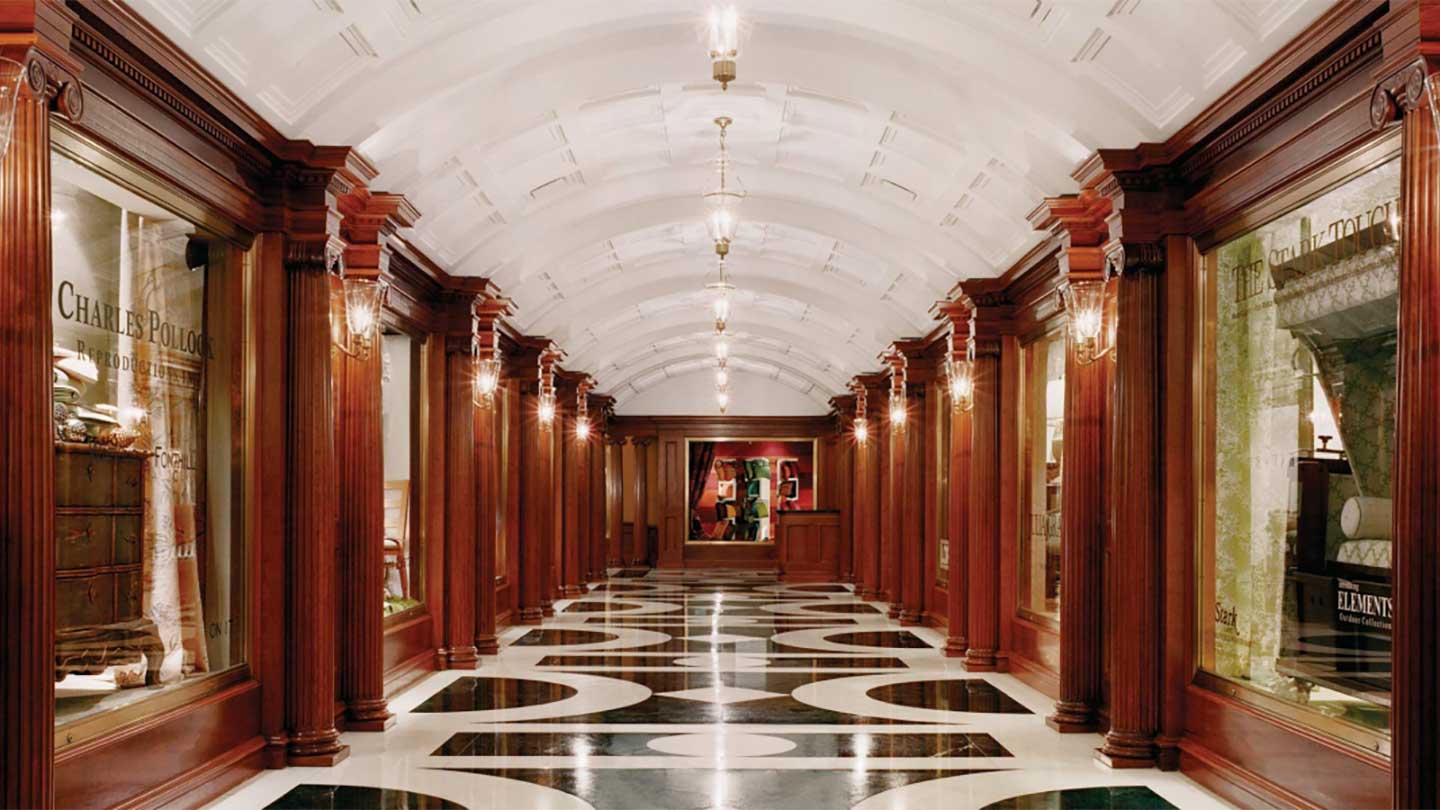
Understanding Current Trends in Building Design
In recent years, design and decoration have evolved significantly, influenced by various trends. Below are some of the most impactful trends reshaping the industry.
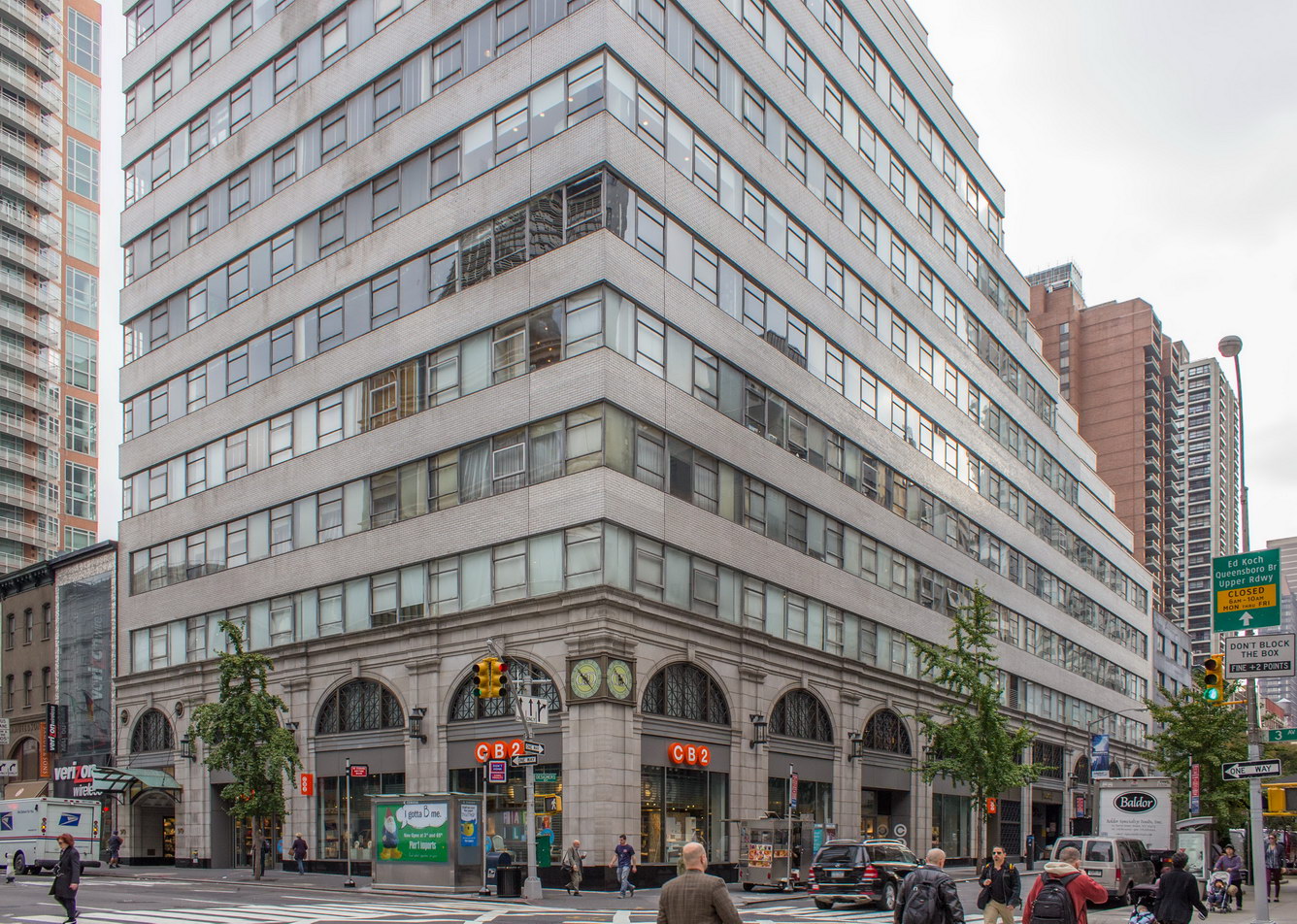
1. Sustainable Design
With environmental concerns on the rise, sustainable design has become a priority. This trend emphasizes eco-friendly materials, energy efficiency, and sustainable practices. It’s not just about functionality but also about leaving a positive impact on the planet.
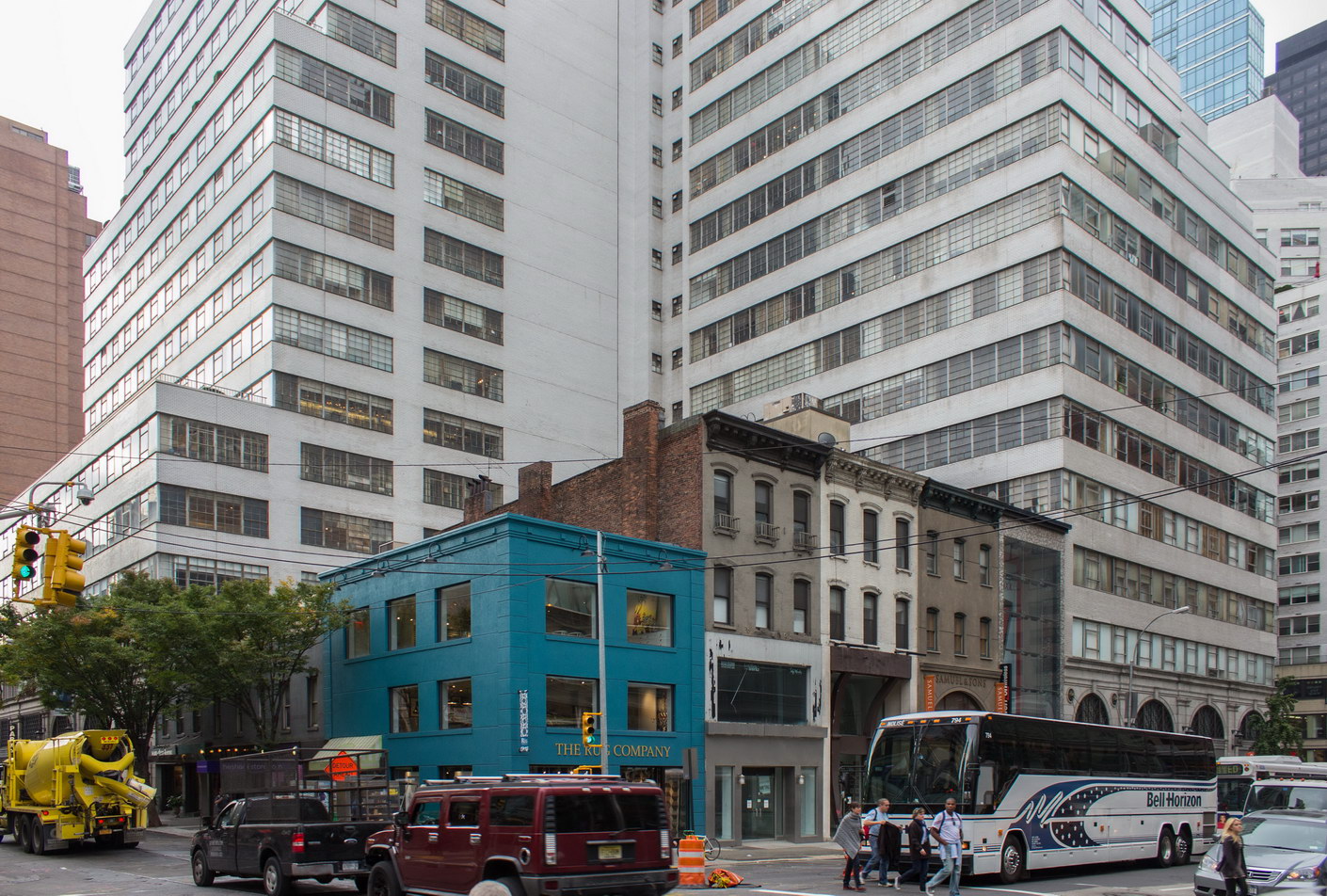
2. Minimalism
Less is indeed more when it comes to minimalism. Clean lines, uncluttered spaces, and a simple color palette are hallmarks of this style. Minimalism is perfect for those who seek tranquility and simplicity in their spaces.
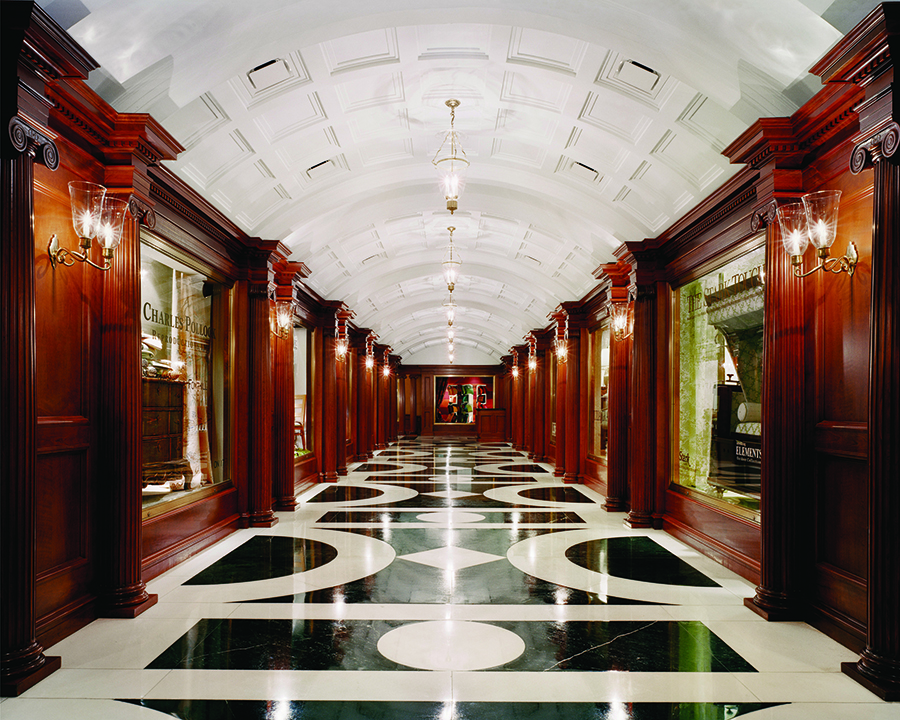
3. Biophilic Design
Biophilic design connects people with nature. It incorporates natural elements such as plants, sunlight, and natural materials to promote well-being. Integrating biophilic elements can create calming and rejuvenating environments.
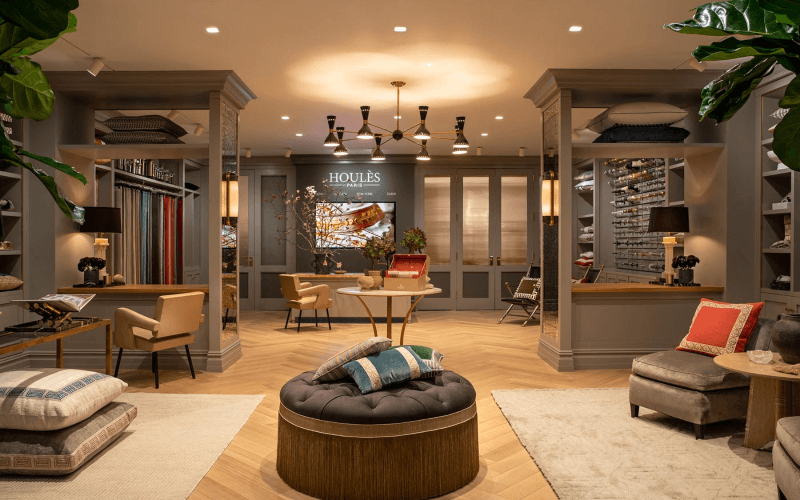
Key Elements of Successful Building Design
When it comes to designing a building, several key elements play a pivotal role in the overall success of the project.

1. Functionality
The primary focus should always be functionality. How will the space be used? Who will use it? Your design must cater to these questions first.
2. Flow and Layout
The flow of a building is crucial for creating a seamless experience. Consider how people will move through the space and arrange rooms accordingly.
3. Aesthetic Appeal
Aesthetics are not merely about looking good. Choosing the right colors, materials, and decor can significantly influence mood and ambiance.
Using Color Effectively in Your Design
Color plays a vital role in design and decoration. It can evoke emotions, alter perceptions of space, and even affect productivity. Here’s how to use it effectively:
Understanding Color Psychology
Different colors elicit different responses. For example:
| Color | Psychological Impact |
|---|---|
| Blue | Calmness and focus |
| Red | Energy and urgency |
| Green | Balance and harmony |
| Yellow | Cheerfulness and clarity |
Creating a Cohesive Color Palette
When choosing a color palette, aim for balance. A cohesive palette can enhance the overall aesthetic. Here are some tips:
- Limit colors to three or four main hues.
- Mix neutrals with brighter colors for contrast.
- Consider the room’s purpose when selecting colors.
Incorporating Furniture and Accessories
Furniture and accessories are essential in adding personality to your space. Here are key tips for selecting and arranging them.
Choosing the Right Furniture
Your choice of furniture should reflect both style and comfort. Consider the following:
- Scale: Ensure furniture fits the space.
- Style: Match the aesthetic of your design theme.
- Functionality: Choose multifunctional pieces when possible.
Accessorizing with Purpose
Accessories such as art, rugs, and decorative objects can tie a room together. Here’s how to do it:
- Choose statement pieces to create focal points.
- Layer accessories to add depth and interest.
- Use textiles to add warmth and coziness.
Pros and Cons of Different Design Styles
Here’s a quick overview comparing popular design styles to help you decide what resonates with you.
| Design Style | Pros | Cons |
|---|---|---|
| Modern | Sleek, minimalist, easy to maintain | May feel cold or impersonal |
| Traditional | Timeless, elegant, comfortable | Can feel dated or overly formal |
| Industrial | Unique, edgy, often cost-effective | May be too raw or unfinished for some |
| Scandinavian | Bright, functional, cozy | Can be too simplistic for some tastes |
Personal Experience: The Journey of Designing My Dream Home
As someone who has spent years immersing myself in the world of design, I’d like to share my personal journey of transforming a bare building into my dream home. From the first sketch to the final decor piece, every step was a learning experience.
Initial Plans and Inspirations
The journey began with extensive planning. I drew inspiration from various sources, including nature, art, and architecture. Pinterest became my best friend! Curating a mood board helped me visualize my ideas.
Overcoming Challenges
Like any project, mine wasn’t without challenges. Budget constraints, unexpected delays, and design clashes tested my patience. However, each obstacle taught me valuable lessons in resilience and creativity.
Frequently Asked Questions About Design and Decoration
What are the latest trends in building design?
Current trends include sustainable design, minimalism, and biophilic design, focusing on eco-friendliness and connection with nature.
How can I choose the right color for my space?
Consider color psychology and create a cohesive palette by limiting colors and mixing neutrals with brighter hues.
What are some tips for selecting furniture?
Ensure your furniture fits the scale of the room, matches the style of your design theme, and is functional.
What are common mistakes in decoration?
Common mistakes include overcrowding spaces, choosing the wrong scale for furniture, and neglecting lighting.
Conclusion: Your Design and Decoration Journey Awaits!
Whether you’re embarking on a new project or simply looking to refresh your living space, understanding the nuances of design and decoration is key. By integrating functionality with aesthetics, you can create spaces that are not only beautiful but also serve your needs. Remember, your space reflects your personality—make it count! Thank you for joining me on this journey, and I hope you feel empowered to create something beautiful!